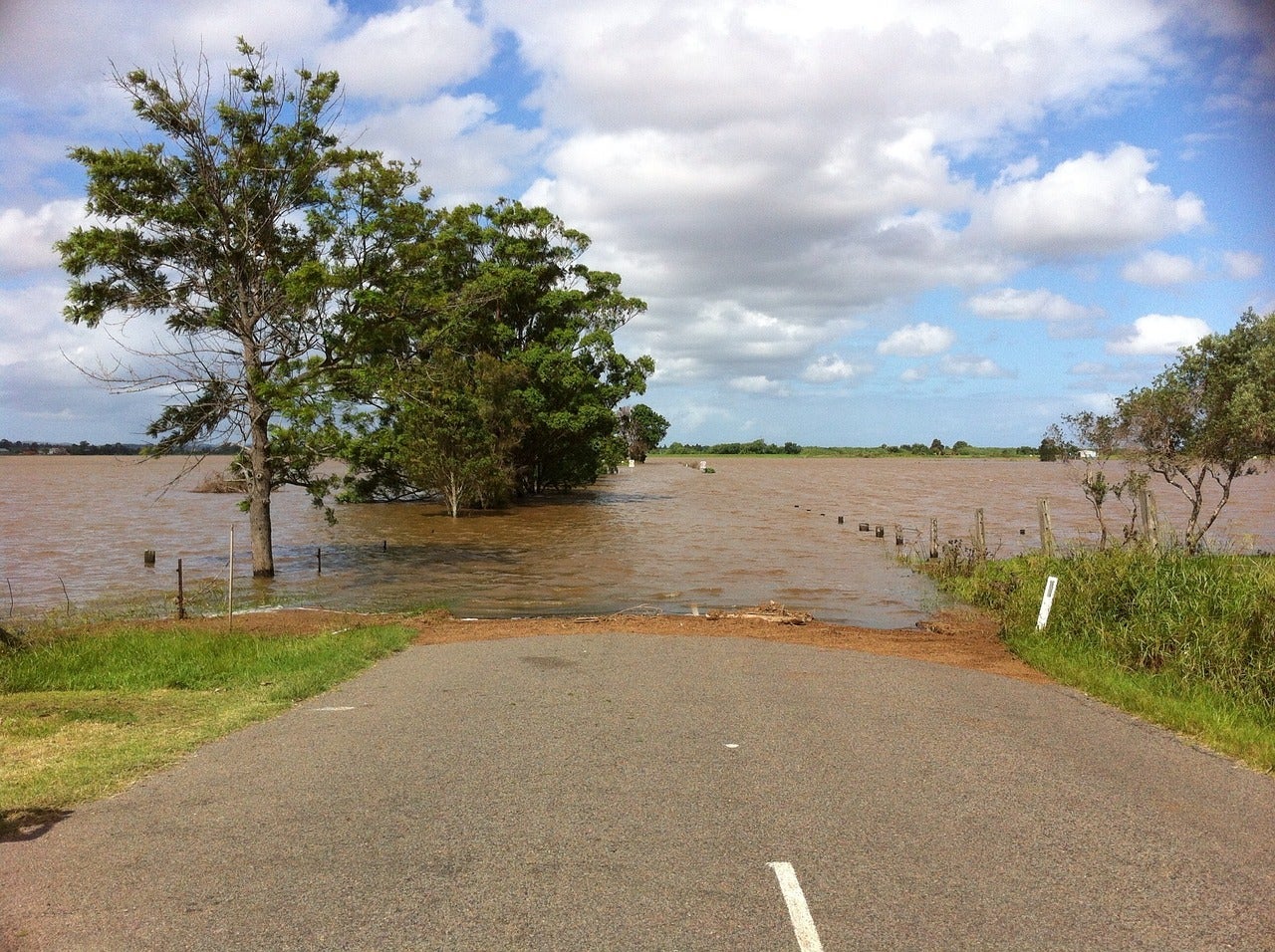
More frequent and stronger storms, increasing environmental hazards and global warming are hallmarks of the climate crisis. In response, infrastructure is being called into question globally for its ability to withstand weather extremes, such as flooding and wildfires.
For the Department of Defense, which manages 4,800 sites in over 160 countries, these extremes threaten facilities, infrastructure and national security procedures and the personnel who conduct their mission at those installations.
In order to model, predict and prepare facilities and personnel for the uncertainties caused by climate change-related flood risks, the Office of Naval Research–through the Department of Defense Multidisciplinary University Research Initiatives (MURI) Program–awarded $7.5 million, divided among collaborating universities: University of Michigan (lead), Boise State University and the University of Illinois.

John Ziker, a professor and chair of the Department of Anthropology, is leading Boise State’s involvement in this research and is eager to bring anthropological methods and perspective to create a holistic approach to planning and implementing more resilient measures for defense facilities.
“The world needs anthropology to move science forward and produce outcomes that are more relevant for society,” Ziker said. “This project is a great example of anthropologists collaborating with civil engineers, weather forecasters, psychologists and human-computer interaction scientists.”
Ziker’s component of the research is meant to combat the often-lacking cultural and social elements in modeling that have a significant impact on decision-making. With this subaward, Ziker will be able to hire a graduate student and a postdoc to help conduct the research interviews and analyze data that will inform resilience models.
By gaining a perspective on how Department of Defense personnel define ‘resilience’ and gauging how personnel react and behave in response to hazardous conditions, Ziker’s team will be able to provide invaluable knowledge for creating true-to-life scenarios to inform resilience modeling. For example, if personnel are not following protocol closely during extreme situations–such as flooding of an installation– then models must be able to take that into account to provide more realistic outcomes.
“All these DoD facilities are embedded in a wider environment that includes everything from sewage and water to electricity and roads and power. If the highway floods and people can’t get to work, then that provides a barrier for national defense. We need to understand that it’s people making these decisions and it’s not necessarily people in the military. Looking at the broader social environment and the culture of these different institutions that are infrastructure providers; that’s where we’re going to be focusing,” Ziker said.
Learn more about Department of Defense Multidisciplinary University Research Initiatives (MURI) Program 2023 awards on their website.
This work relates to Department of Navy award No. N00014-23-1-2735 issued by the Office of Naval Research. Any opinions, findings, and conclusions or recommendations expressed in this material are those of the author(s) and do not necessarily reflect the views of the Office of Naval Research.